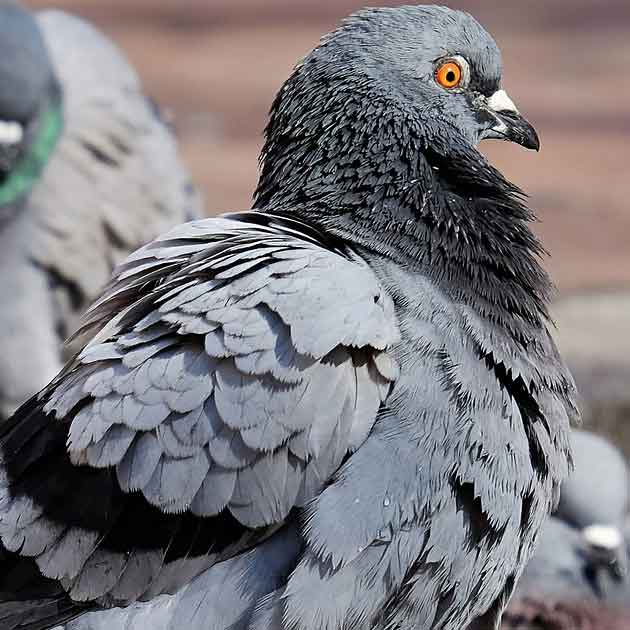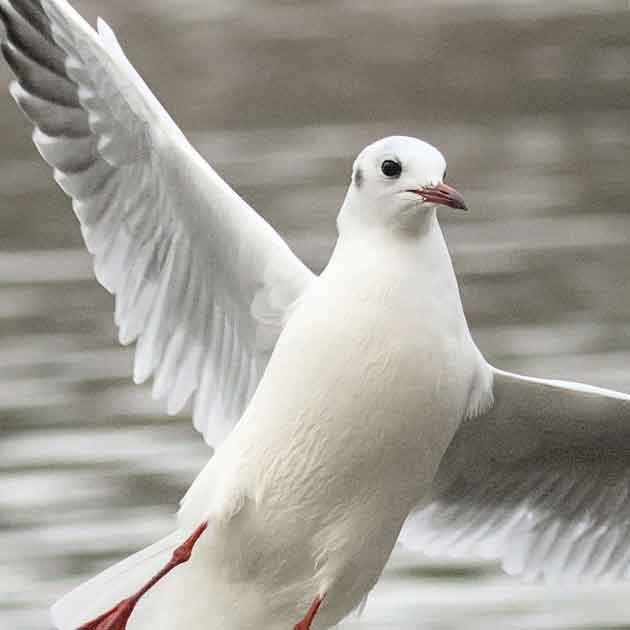It may seem quite inconceivable that a small bird could bring down an airplane. Sadly, it continues to happen to both commercial and military aircraft.
The danger is real and the danger is ever present, especially for smaller aircraft. A bird (sometimes even more than one) flying or being sucked into an aircraft engine often causes catastrophic engine failure and subsequent loss of human life. Such was the cause leading up to last year last year's fatal crash of a Canadian military Snowbird demonstration jet in Kamloops, B.C.
The Royal Canadian Air Force's Directorate of Flight Safety released its final report today on the accident, which took place on May 17 of last year and killed Capt. Jenn Casey, the public affairs officer for the aerobatics team. The investigation found that a single, small bird was sucked into the engine of the aircraft — Snowbird 11 — following take-off. That resulted in a compressor stall and a loss of thrust as the aircraft was trying to climb.
"Evidence suggests that the damage caused by the bird ingestion was insufficient for it to cause a catastrophic failure but rather the engine most likely continued running, albeit in a stalled condition," the flight safety report concluded.
Most accidents occur when a bird (or birds) collides with the windscreen or is sucked into the engine of jet aircraft. These cause annual damages that have been estimated at $400 million within the United States alone and up to $1.2 billion to commercial aircraft worldwide. In addition to property damage, collisions between man-made structures and conveyances and birds is a contributing factor, among many others, to the worldwide decline of many avian species.
Jet engine ingestion is extremely serious due to the rotation speed of the engine fan and engine design. As the bird strikes a fan blade, that blade can be displaced into another blade and so forth, causing a cascading failure. Jet engines are particularly vulnerable during the takeoff phase when the engine is turning at a very high speed and the plane is at a low altitude where birds are more commonly found.
The force of the impact on an aircraft depends on the weight of the bird and the speed difference and direction at the point of impact. High-speed impacts, as with jet aircraft, can cause catastrophic failure.
The Canada goose has been ranked as the third most hazardous wildlife species to aircraft, with approximately 240 goose-aircraft collisions in the United States each year. 80% of all bird strikes go unreported.
Hawkeye Bird Control Inc. has extensive expertise in resolving bird and wildlife control problems at airports.
Hawkeye's Dan Frankian is recognized as a leader in Wildlife Hazard Assessment for Airports in North America. He has presented at every Birdstrike conference in the last 10 years and has spoken at the U.N.
Please contact us to learn more about bird strike solutions and/or to schedule a Wildlife Hazard Assessment














